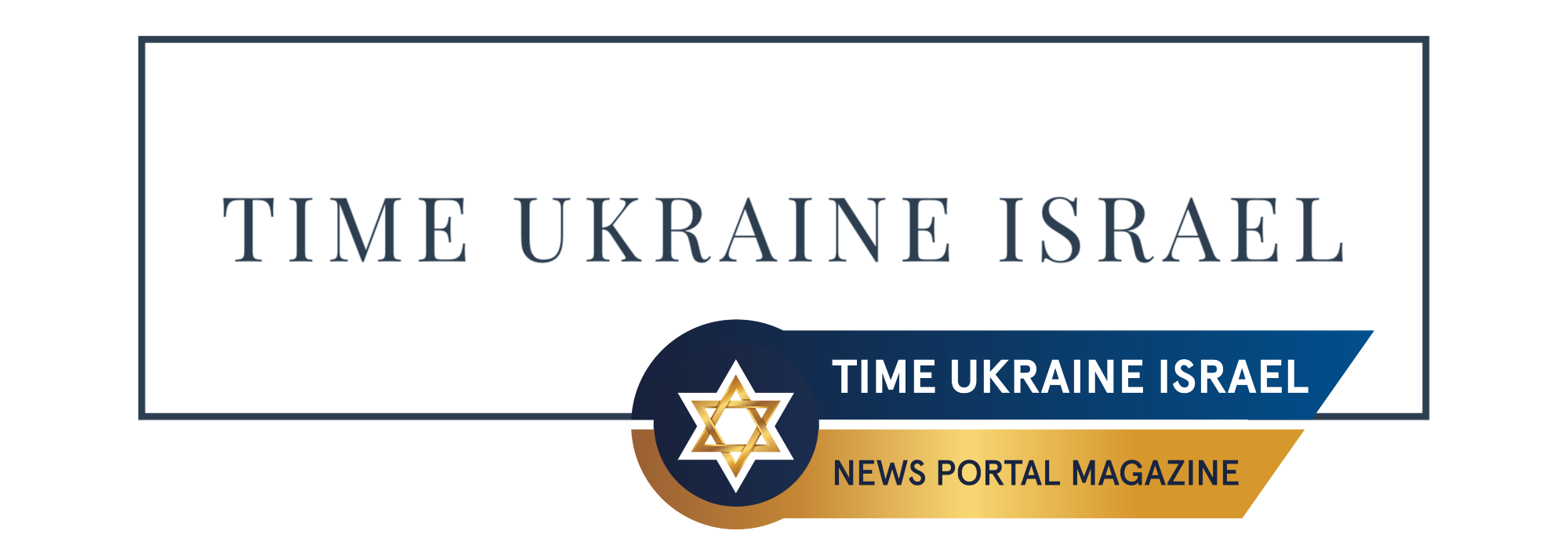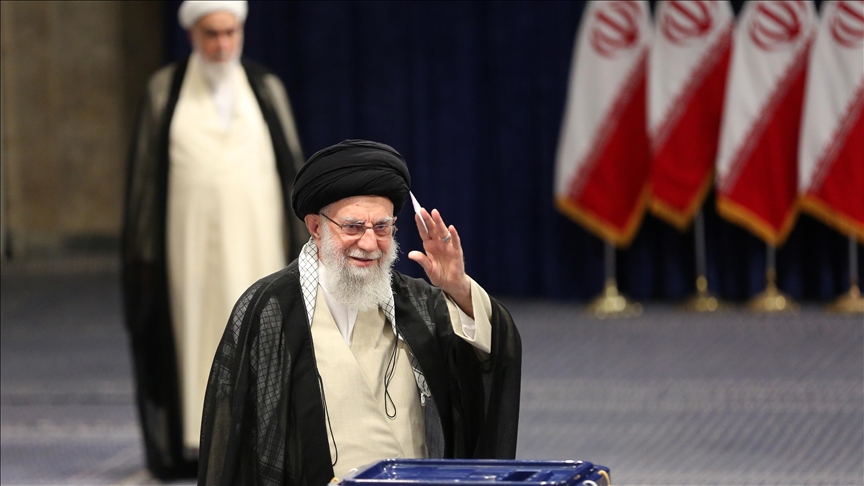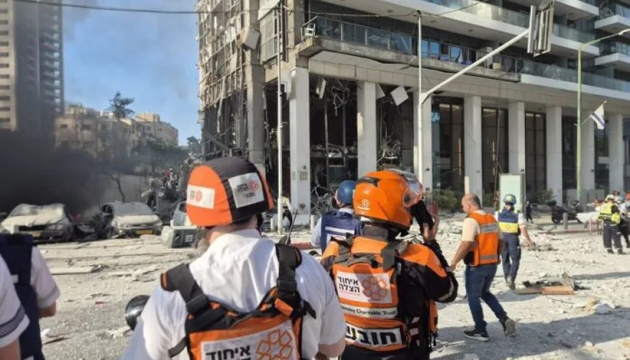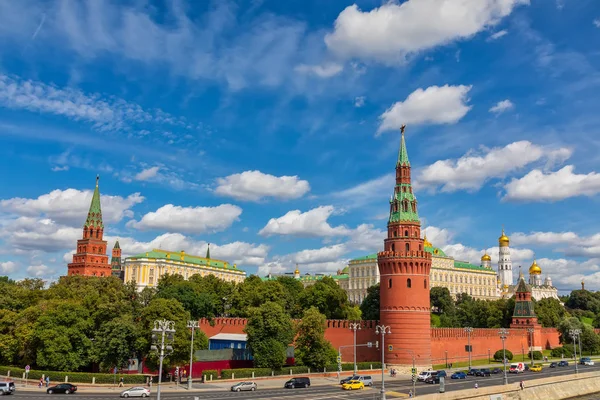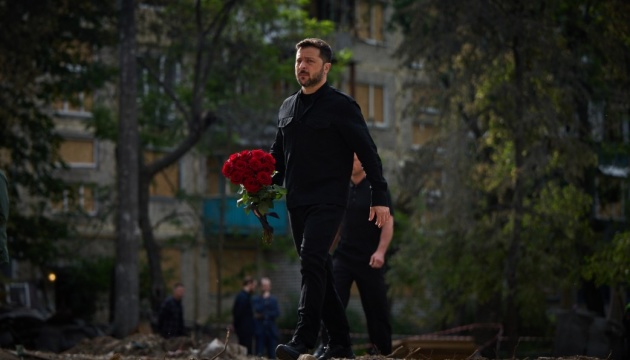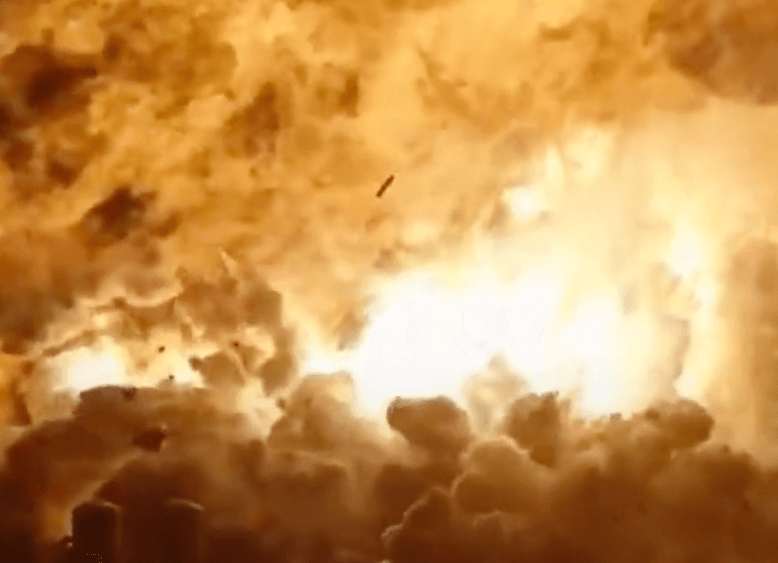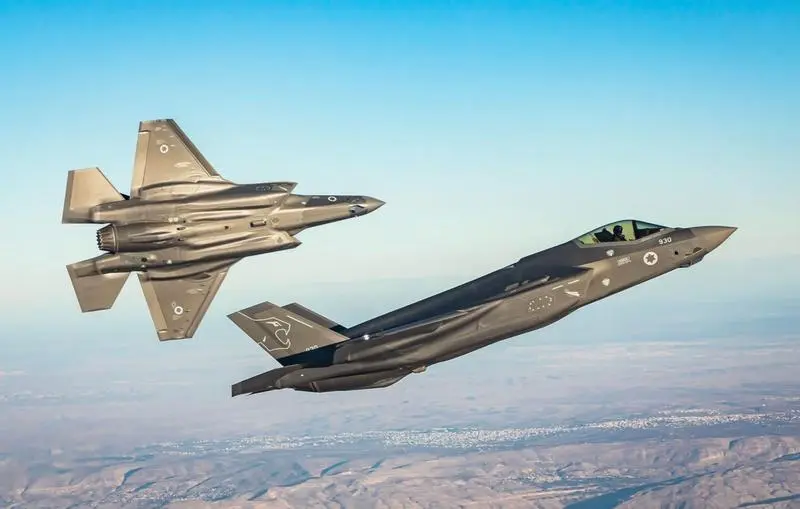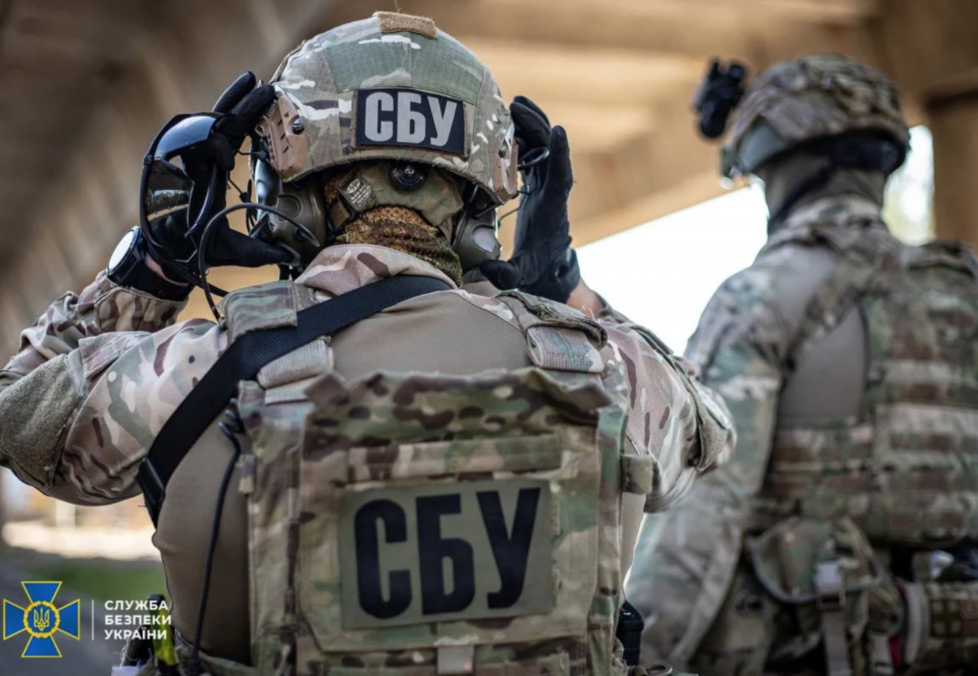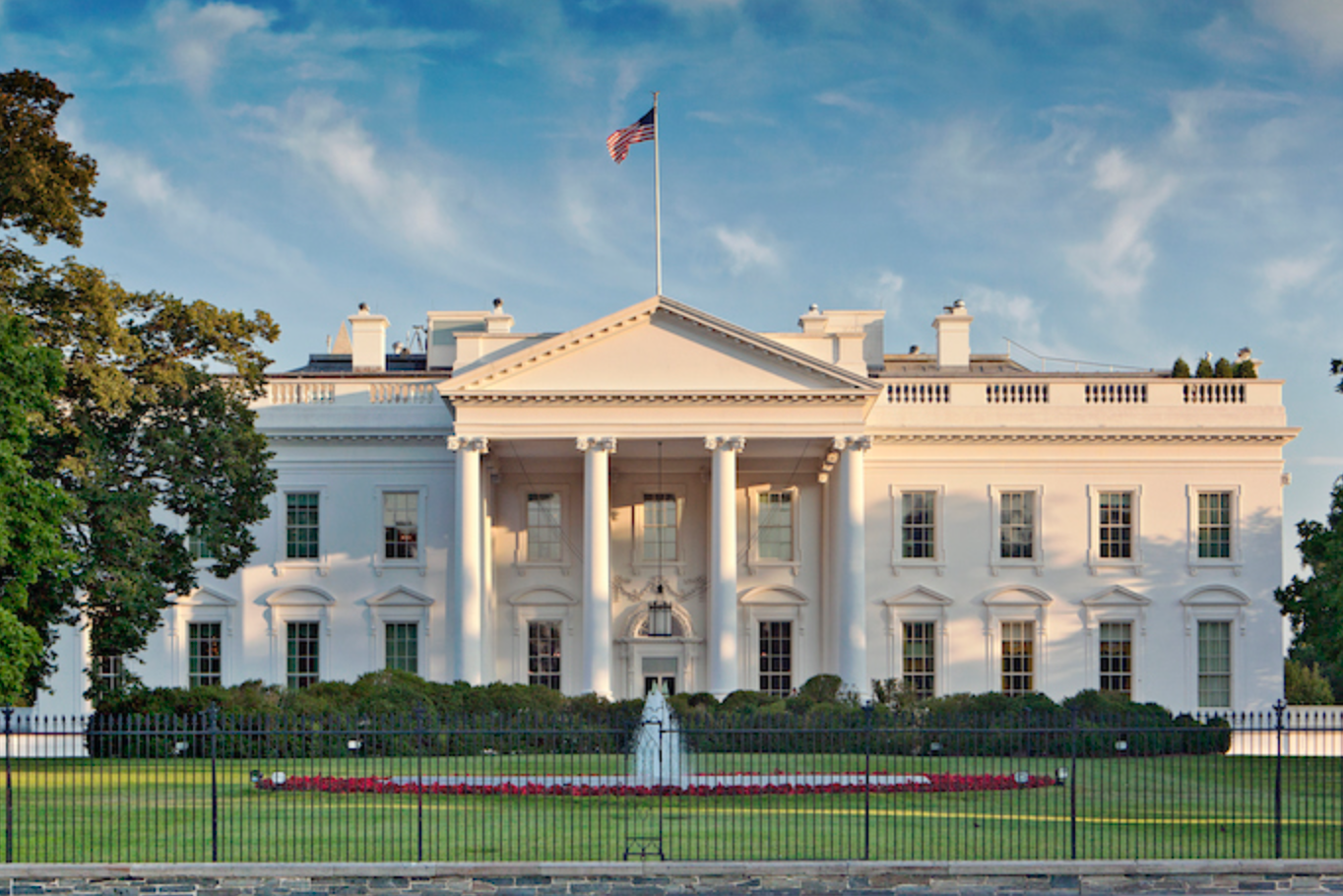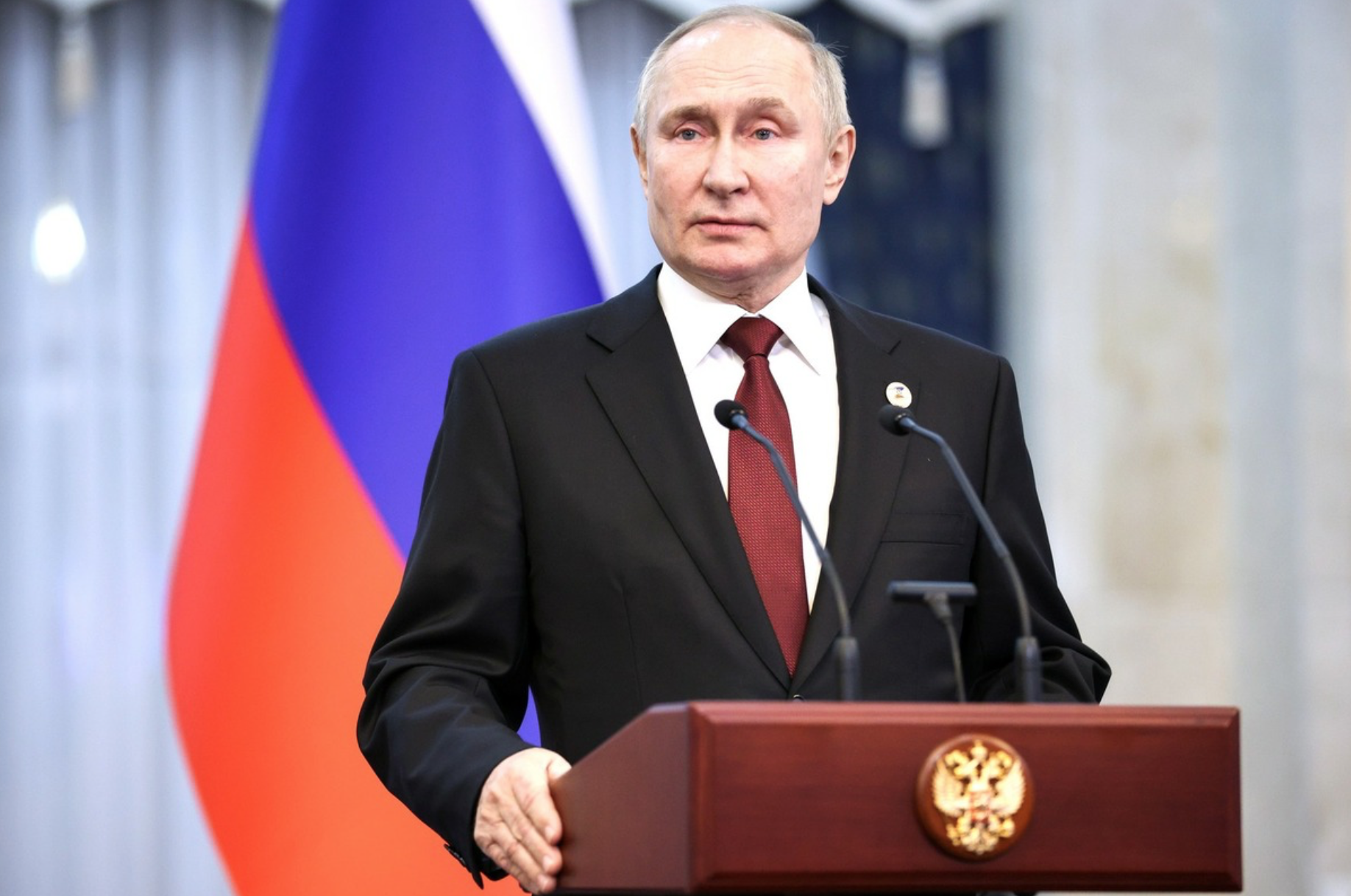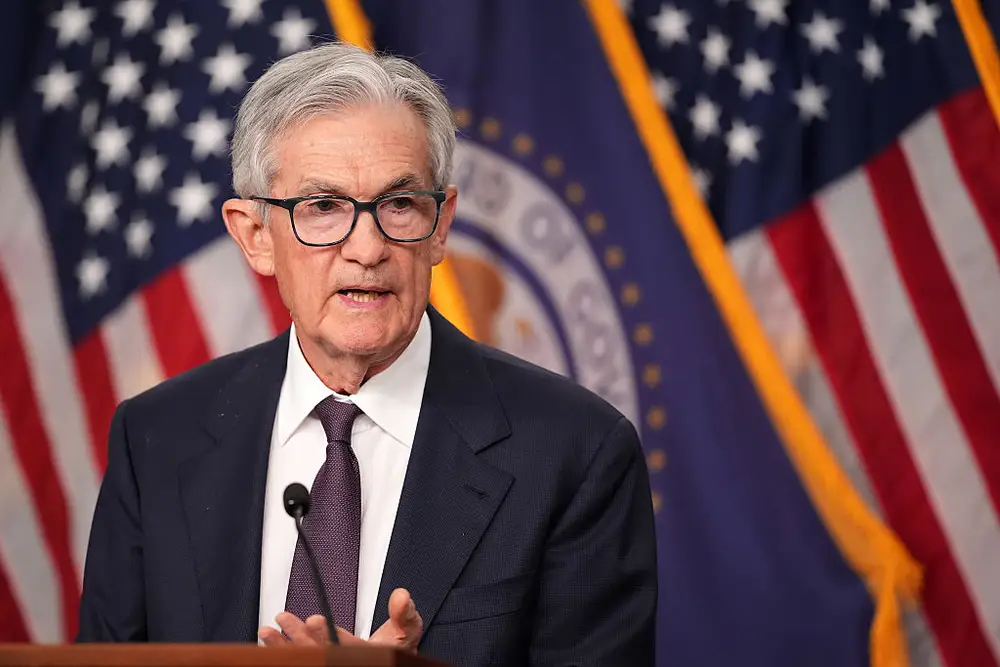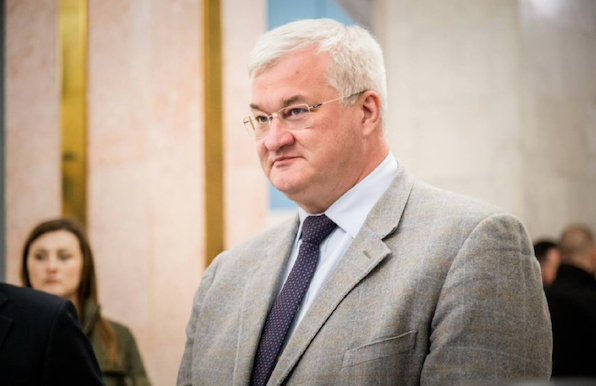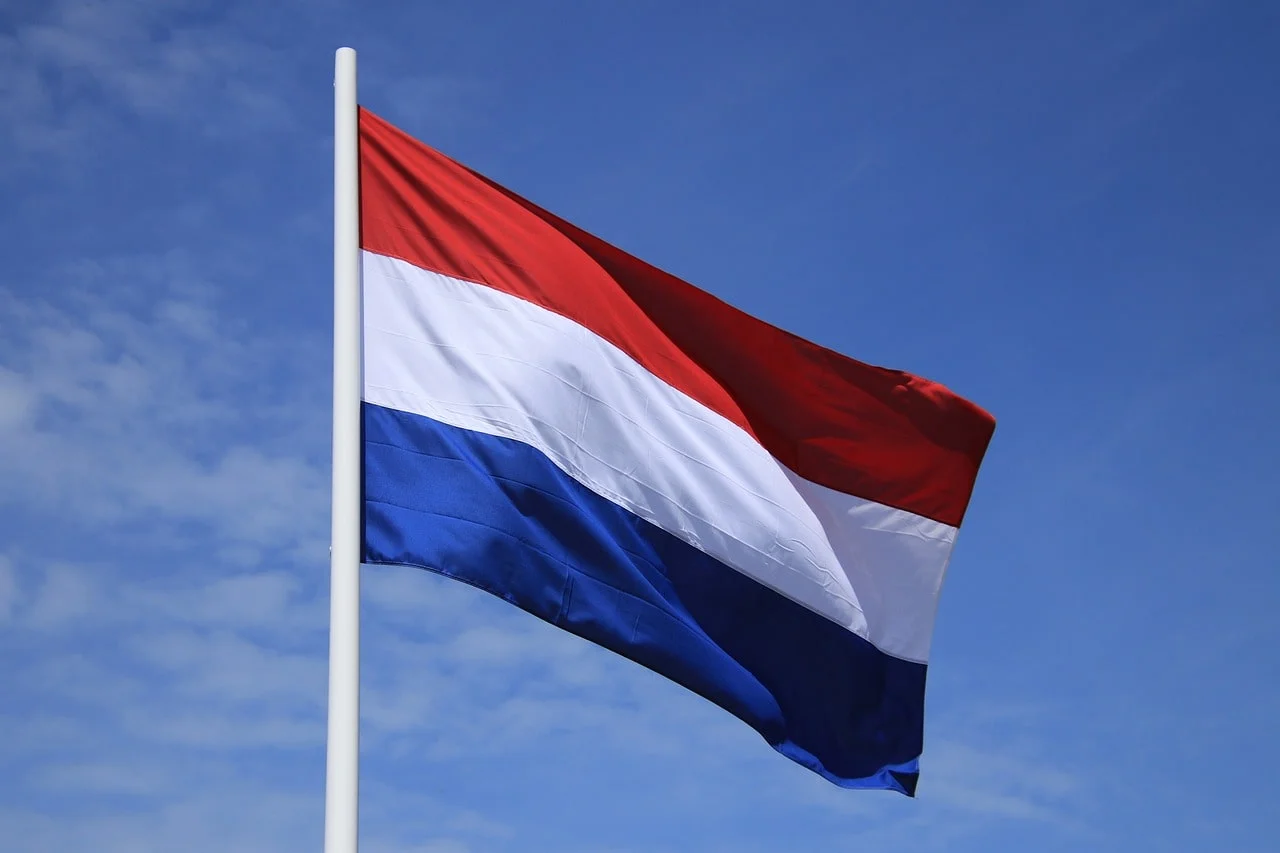Ayatollah Ali Khamenei. Photo: AA.
Ali Khamenei’s Deteriorating Health and Prospects for Change in Iran: What to Expect from His Son and the Impact on the Middle East
Ayatollah Ali Khamenei, the spiritual leader of Iran, who is 85 years old, is in serious condition due to a serious illness. Since he came to power in 1989, he has been one of the most powerful figures in Iran’s political arena, but the change of leadership that will inevitably follow does not bode well for stability. According to experts, Khamenei’s death or resignation could become not only a crisis, but also an even greater source of threat to Iran and the entire Middle East. This was reported by TimeUkraineIsrael with reference to Cursorinfo.
Prospects for Iran after Khamenei
Beni Sabati, an Iran expert and analyst at the INSS Institute at Tel Aviv University, told Israel’s Channel 12 that Khamenei’s most likely successor is his son, Mojtaba Khamenei, who currently has considerable influence, particularly over the Islamic Revolutionary Guard Corps (IRGC). Mojtaba, a 55-year-old politician, was educated at Tehran University and continued his studies in Qom, a Shiite religious centre in Iran. Although he rarely appears in public, his influence in the backroom circles of power is undeniable.
Mojtaba Khamenei: The new face of radicalism?
According to Sabati, Mojtaba has a good chance of becoming the next leader of Iran, but his lack of experience and lack of interaction with international forces in the context of global political tensions could create new, even more dangerous challenges. Mojtaba did not witness the Shah’s era or the Iran-Iraq war and has no experience of interacting with great powers in periods of their maximum influence. This will be a new stage for him, where he is likely to believe that he has the right to act without restrictions.
“He grew up in an environment where deterrents were minimal, and he can act without regard to international consequences,” the expert said. Such a worldview can be particularly dangerous in the context of instability in the Middle East and the threat of growing radicalism in Iran itself.
Political instability and implications for the region
The deterioration of Khamenei’s health and the growing influence of his son on political processes in Iran open up new prospects for the development of events in the region. Khamenei’s death, as well as the change of leadership, could lead to increased political instability, which in turn would worsen the situation in the Middle East. Iran, with its influence on armed groups and political alliances, is one of the main players in this area, and any changes in power could have serious consequences for global security.
Sabati emphasises that a change of leadership in Iran will not necessarily lead to a softening of the situation in the region. On the contrary, given its possible radicalisation, Iran could become even more aggressive and unpredictable in the international arena. A leadership that has no experience in international relations and perceives its position as unlimited could lead the country into even greater international confrontations.
Khamenei’s health is under serious threat, and this could lead to unpredictable changes in Iran’s political landscape. His son, Mojtaba, who is becoming an increasingly influential figure, could become an even more radical leader, creating new dangers for Iran and the entire region. If he comes to power, we should expect an increase in political and military tensions in the Middle East, which could lead to new global challenges.
